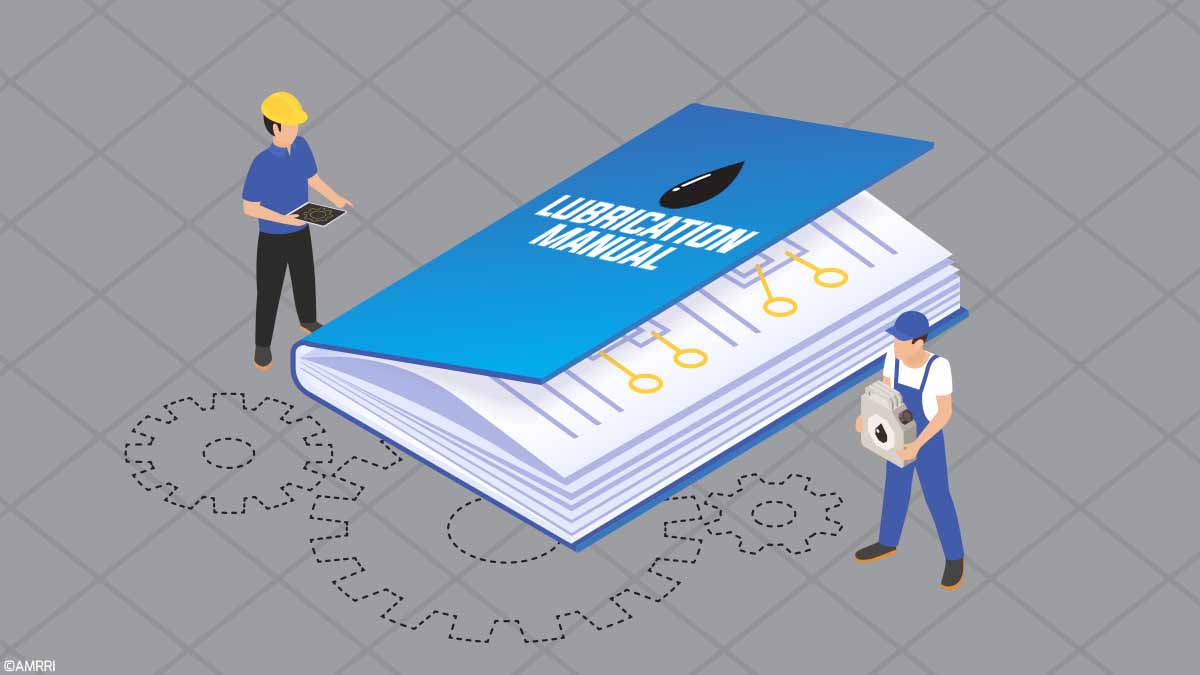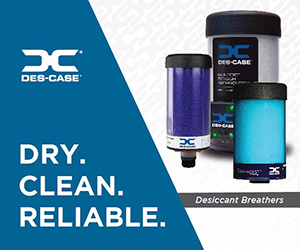In the maintenance world, tools are indispensable because they allow a maintainer to perform and complete work safely, consistently, and efficiently. When we think of tools, most immediately picture a handheld device used to accomplish a task. Only some will recognize or think of a lubrication manual as a tool.
A manual is a handbook to convey instruction or information regarding a specific subject matter, process, or machine. This vital tool is developed and used for maintainers to readily access and recall critical information on the subject matter in printed or electronic format.
A lubrication manual provides a place where all information collected to develop a lubrication program can be stored and accessed for future reference.
The corporate lubrication program aims to ensure that all equipment receives and maintains the required levels of lubrication so that no equipment fails due to inadequate or improper lubrication.
The process of developing a lubrication program involves the collection of a significant amount of equipment data, usually found in dispersed locations.
Collecting and centralizing such data requires considerable time and effort, making it worthwhile to consolidate such data into a lubrication manual tailored specifically to serve the needs of the plant and equipment identified within the program’s master lubrication schedule.
Elements Of the Lubrication Manual
A typical lubrication manual is broken into four specific elements that form manageable reference sections for manual navigation.
Master Lubrication Schedule
The first element is the Master Lubrication Schedule developed as a result of an initial program survey to identify and tag all plant assets requiring lubrication.
The Master Lubrication Schedule lists lubricated assets identified by the asset’s unique tag number in the work management system. Under each tag number, specific lubrication-related data is collected and compiled to include the following:
- manufacturer
- model
- equipment orientation
- bearing types to be lubricated
- lubricant type (oil, grease)
- lubrication application method (bath splash, circulation system, oil mist, grease point, etc.)
- lubrication point location maps
- lubrication system drawings with part numbers identified
- lubrication frequency
- normal operating temperature
- reservoir capacities
- horsepower
- RPM
- copies of lubricant sections found in Original Equipment Manufacturer (OEM) operation and maintenance (O&M) manuals.
Lubricant List
The second element references all lubricants (oil and grease) to be managed and used within the plant. The lubricant list is decided upon early in the program once a lubricant-consolidation process has occurred to reduce and minimize the number of documented lube products purchased, stored, and managed in the plant confines.
Each lubricant is documented in the lubrication manual as part of a lubricant master list, and an OEM-lubricant-product-data sheet is attached for each lubricant.
Safety
The third element covers safety. This section of the manual will, at a minimum, address the following:
- location map depicting all safety eye- and body-wash stations and lubricant (waste and new) storage locations
- copies of lubricant Safety Data Sheets (SDS) for all lubricants listed in section two of the lubrication manual.
- all safety-related Process Flow Diagrams (PFD) regarding handling and storage of new and waste lubricants
- lockout/tagout procedure.
Lubrication Work Management
The fourth element addresses lubrication work management through a series of work and process flow diagrams that must minimally include the following:
- lube routes
- lubrication work order completion process
- lubricant receiving process
- lubricant receiving process
- lubricant storage process
- lubricant waste management collection and storage process.
Remember that a site’s lubrication manual must be a controlled document, with each copy version controlled and managed through a document-management program for circulation control and updates.
All personnel working in the lubrication program must receive a personal “signed for” hard copy of the lubrication manual. Additional copies are supplied to the corporate/department library and electronically online for all other maintenance personnel.









